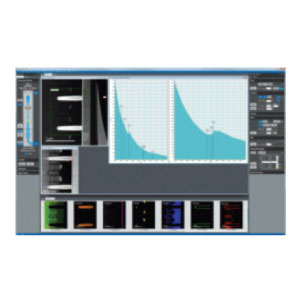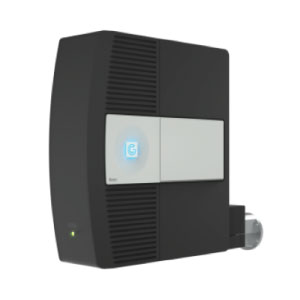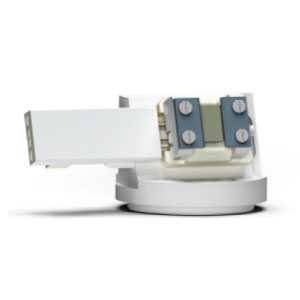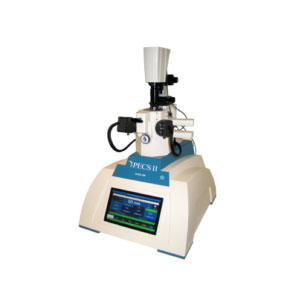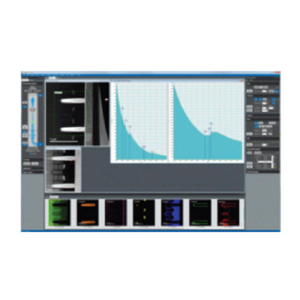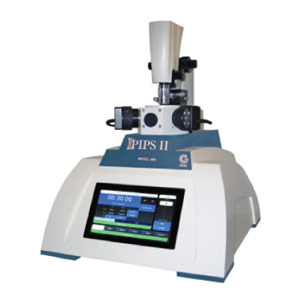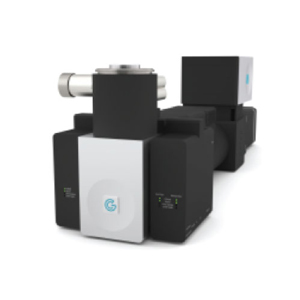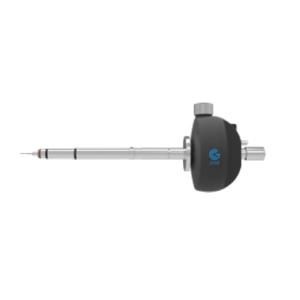Abstract
Precipitation hardening is one of the most important strengthening mechanisms in metallic materials, and thus, controlling precipitation is often critical in optimizing mechanical performance. Also other performance requirements such as functional and degradation properties are critically depending on precipitation. Control of precipitation in metallic materials is, thus, vital, and the approach presently in the limelight for this purpose is an integrated approach of theory, computations and experimental characterization. An empirical understanding is essential to build physical models upon and, furthermore, quantitative experimental data is needed to build databases and to calibrate the models. The most versatile tool for precipitation characterization is the transmission electron microscope (TEM). The TEM has sufficient resolving power to image even the finest precipitates, and with TEM-based microanalysis, overall quantitative data such as particle size distribution, volume fraction and number density of particles can be gathered. Moreover, details of precipitate structure, morphology and chemistry, can be revealed. TEM-based postmortem and in situ analysis of precipitation has made significant progress over the last decade, largely stimulated by the widespread application of aberration corrected microscopes and accompanying novel analytics. The purpose of this report is to review these recent developments in precipitation analysis methodology, including sample preparation. Application examples are provided for precipitation analysis in metals, and future prospects are discussed.
Read More: https://www.tandfonline.com/doi/full/10.1080/10408436.2021.1941751


